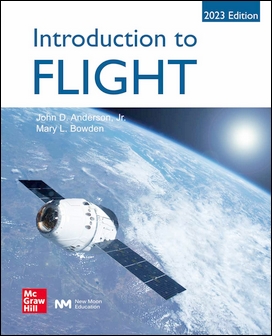書籍分類

Introduction to Flight 9/e (2023 Edition)
作者:John Anderson, Mary Bowden
原價:NT$ 1,200
ISBN:9786269708123
版次:9
年份:2024
出版商:McGraw-Hill
頁數/規格:860頁/平裝單色
版次:9
年份:2024
出版商:McGraw-Hill
頁數/規格:860頁/平裝單色
內容介紹 目錄
- Description
In continuing the tradition, Introduction to Flight seeks to not only educate, but motivate, the reader to pursue the subject of aerospace engineering. It uses an easy to understand, conversational approach to introduce first- and second-year engineering students to the basic areas of aerodynamics, flight dynamics, propulsion, and space flight.
In this edition, several new sections of historical content have been added discussing, in particular, early efforts to understand aerodynamic drag more fully, and the development of human space flight. Significant focus has also been given to providing analytical tools for preliminary space mission design. Additionally, a number of new examples have been added to Chapters 8 and 9, and end of chapter problems have been revised and updated.
分類位置:
理工 > 航太工程 > 飛行概論


